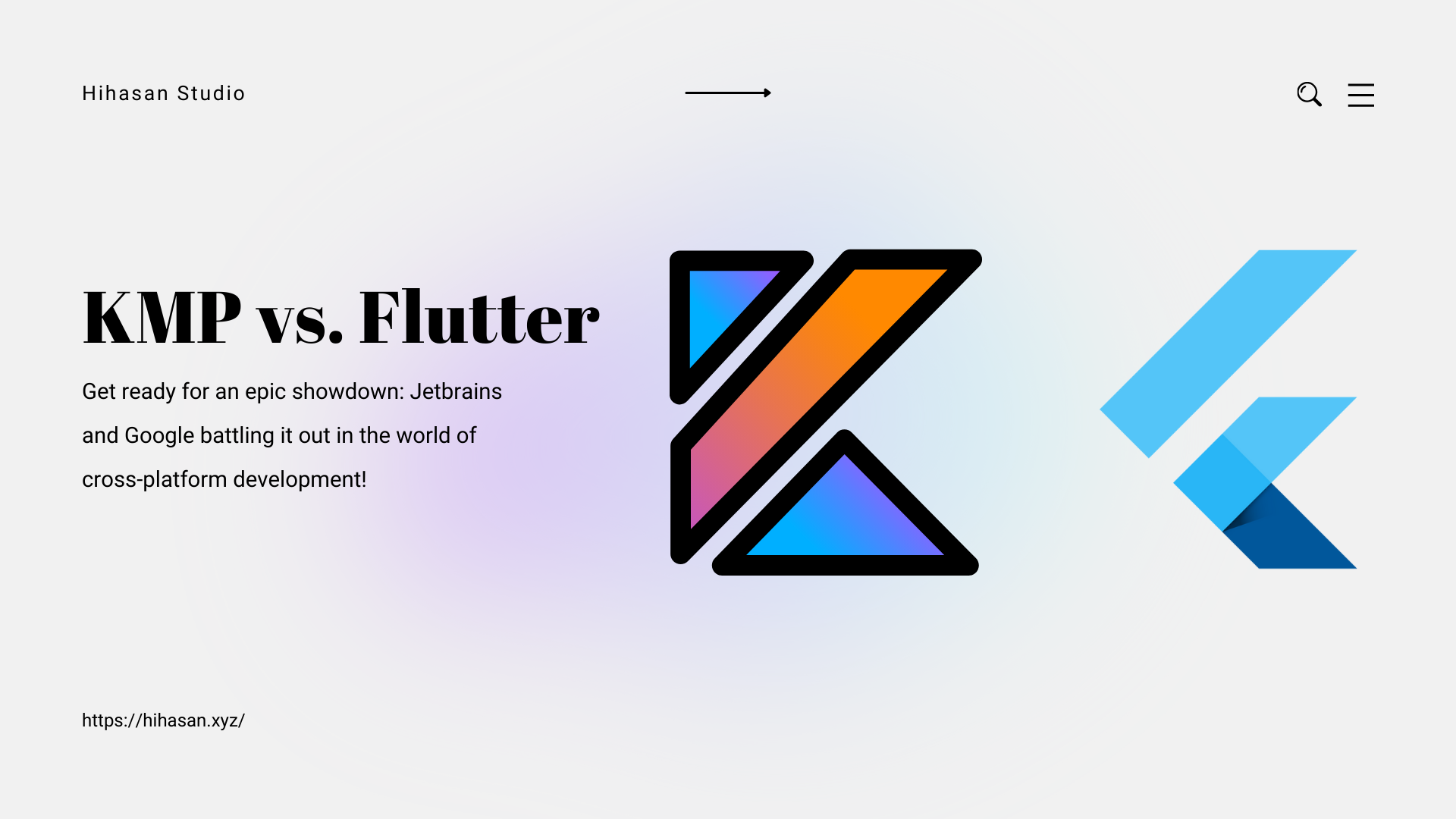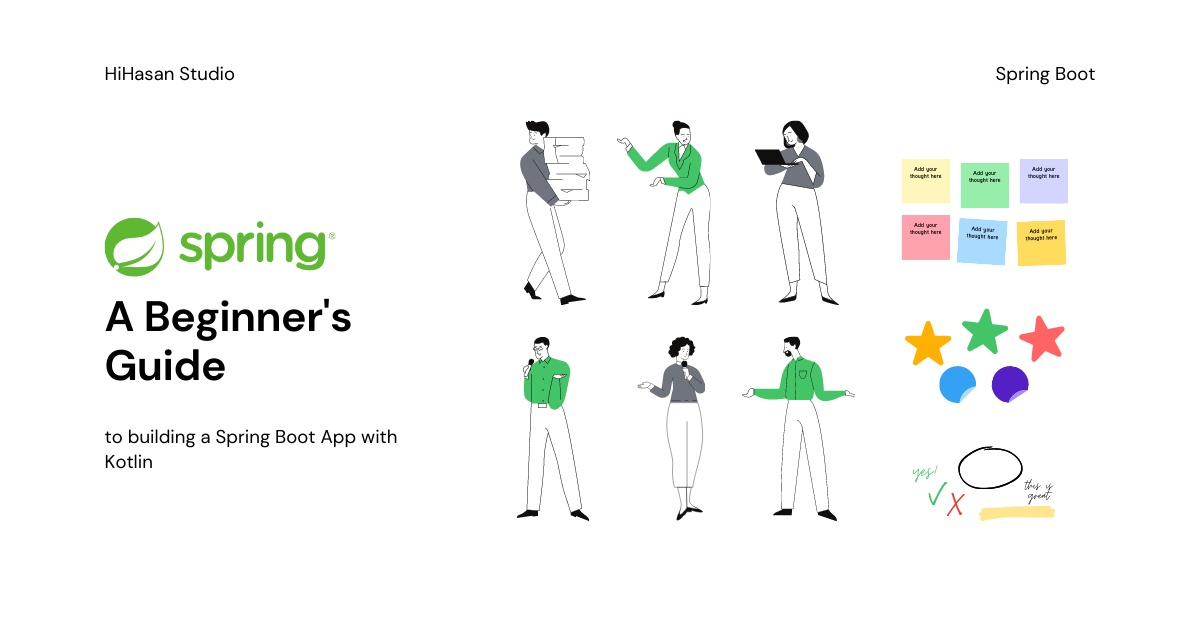Spring Boot offers a streamlined approach to developing Java applications ready for production. It provides a range of tools, libraries, and conventions that aid in the building, configuring, deploying, and monitoring these applications. Additionally, it extends support to Kotlin, further enhancing the development experience.
- Auto-Configuration: Spring Boot simplifies component configuration by utilizing classpaths and app properties, minimizing the need for manual setup, including with Kotlin.
- Standalone Applications: It’s worth noting that Spring Boot can produce standalone, executable JARs, which can be easily used with Kotlin and other programming languages.
- Embedded Web Servers: Spring Boot allows running Kotlin-based web applications using embedded web servers, such as Tomcat, Jetty, and Undertow.
- Developer-Friendly Tools: Spring Boot empowers developers with exceptional productivity tools, such as automated restarts and enhanced hot-swapping capabilities through Spring Boot Developer Tools.
- Production-Ready Features: Spring Boot, a widely used Java-based framework, offers many convenient built-in features that enable developers to create robust and deployment-ready applications easily. Among these features are health checks, which allow developers to monitor the health of their applications and promptly detect and address any issues that may arise. Additionally, Spring Boot offers metrics that provide valuable insights into the application’s performance, allowing developers to optimize it for better efficiency. Finally, Spring Boot’s production-ready configurations streamline the deployment process, ensuring the application is ready for production with minimal effort. Overall, Spring Boot’s built-in features make it an excellent choice for developers looking to create reliable and efficient applications.
- Auto-Generated Documentation: Springfox Swagger is a valuable instrument that can efficiently streamline the documentation and sharing of APIs in conjunction with Spring Boot. This tool offers ease of use and simplifies the process of creating thorough API documentation. It is an excellent solution for developers who want to save time and effort while achieving high-quality results.
- Dependency Management: Spring Boot offers a Bill of Materials (BOM) that streamlines the process of managing dependencies and guarantees library compatibility, making it a convenient choice for developers.
- Externalized Configuration: Kotlin offers multiple ways to configure applications; through external properties files, environment variables, or command-line arguments.
- Spring Boot Starters: These are opinionated dependency descriptors that simplify including standard dependencies in your project, streamlining the setup process.
- Spring Boot Actuator: Actuator provides various production-ready features such as health checks, metrics, monitoring endpoints, and more. It works seamlessly with Kotlin.
- Data Access with Spring Data: Spring Boot is a highly compatible framework that integrates effortlessly with Spring Data JPA, offering a powerful solution for developing data-driven applications. With the added benefit of Kotlin’s concise syntax, developers can streamline their workflow and achieve greater efficiency in their coding endeavours.
- Thymeleaf and Web Templates: Spring Boot’s integration with Thymeleaf templates in Kotlin makes it a breeze to develop dynamic web pages with ease. This feature-rich platform provides a seamless and efficient development environment that simplifies the process of creating web pages. With Spring Boot’s support, developers can create stunning web pages with minimal effort and maximum efficiency.
- Security: Kotlin-based applications can benefit greatly from the robust security features offered by Spring Boot. These features encompass authentication and authorization, ensuring that your application is safeguarded against unauthorized access and usage. With Spring Boot’s security measures in place, you can rest assured that your application is protected and secure.
- CommandLineRunner and ApplicationRunner: Once the Spring Boot application has completed its startup process, you will have access to a range of interfaces that can be utilized to execute crucial code for initializing data in a seamless manner.
- Profiles: It is possible to tailor the functionality to suit the specific context by establishing distinct configurations for various scenarios such as development, production, and testing.
- Kotlin Extensions: Working with Spring components can be a challenging task, but with Spring Boot, things get a lot easier. One of the ways Spring Boot simplifies the process is by providing Kotlin extensions that come in handy. For instance, you can leverage Kotlin’s data classes to handle configuration tasks. This feature makes it possible to manage settings in an organized and straightforward manner, which ultimately saves you time and effort. So, if you’re looking for a way to streamline your Spring projects, Spring Boot with Kotlin extensions is definitely worth considering.
Overall, Spring Boot’s features are not language-specific and can be effectively leveraged when developing applications in Kotlin. It allows you to use Kotlin’s concise syntax and expressive features while benefiting from Spring Boot’s robust ecosystem and conventions.











